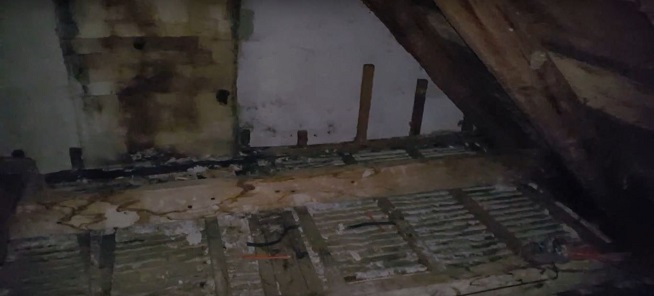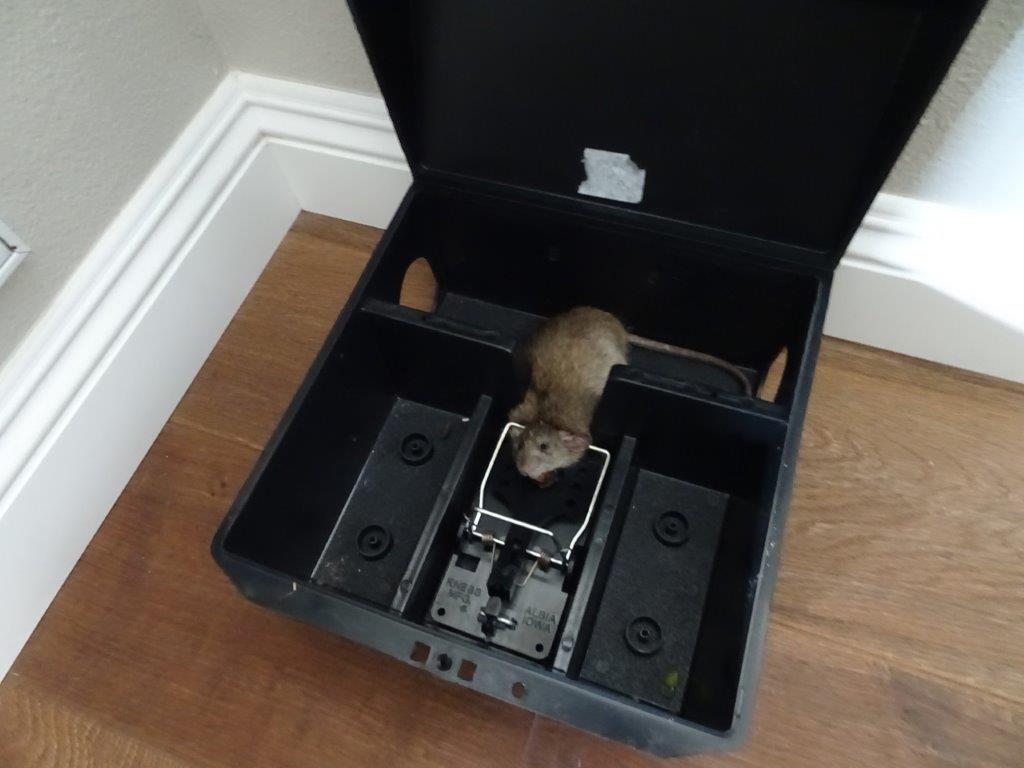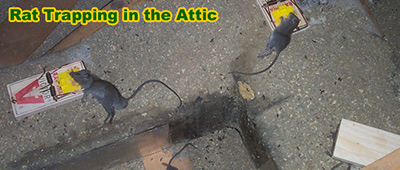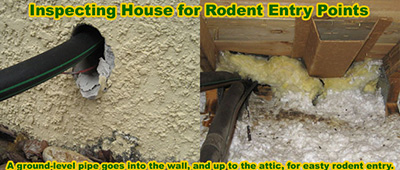One of the biggest indications that you have a rodent infestation is rodent droppings. These animals -
rats and mice - have a habit of leaving their waste matter wherever they run. This means that they will
pee and poop wherever they are. This is both a good thing and a bad thing. Bad in the sense that the urine
and feces left behind by both rats and mice can carry and transmit rather dangerous disease that will affect
humans and other animals, including pets. However, at the same time, the poop can actually point you in the
right direction of the animal.

Mouse poop is much smaller than rat poop. The larger animal - the rat - will leave behind less poop, but it will be bigger. The average rat will do their business around 40 times per day - these pellets are usually left somewhere in your home, and each of them carry the threat of disease. They'll be about 2cm long, and often rather banana-like in shape. Mouse poop, on the other hand, is much smaller, only around 2mm long. On top of that, there are more of them. If the average rat poops 40 pellets per day, the average mouse will leave behind 80 little presents.
By checking out the poop of your rodent, you can figure out which one it is. Once you have that knowledge, you'll know the right traps to use, where to put them, and the extent of the infestation you have. Who'd have thought you'd get so much information from rat poop!
Go back to the Rats in the Attic home page.









